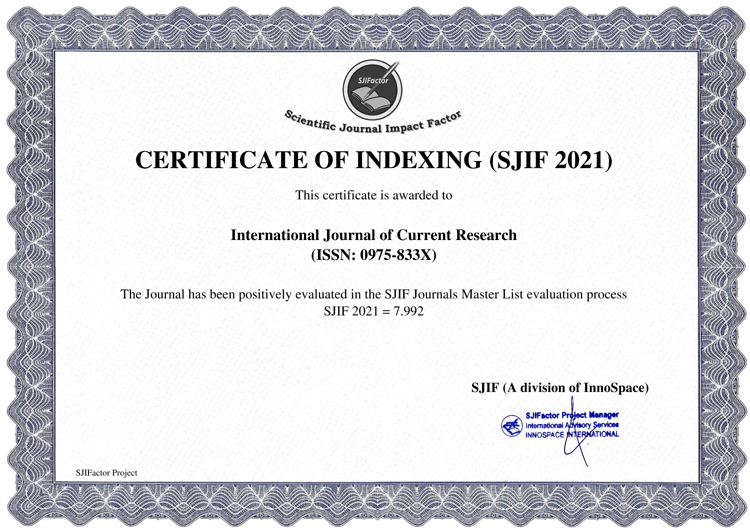Rosemary belongs to the Family: Lamiaceae, Genus: Rosmarinus, Species: Rosmarinus officinalis. Other scientific names are Rosmarinus angustifolius Miller, Rosmarinus latifolius Miller, Rosmarinus laxiflorus Noë ex Lange and Salvia rosmarinus Schleiden. International common names are in English: common rosemary; compass plant, Spanish: romero, French : incensier ; romarin ; romarin officinal ; rosmarin, Chinese: mi die xiang; mi tieh hsiang and Portuguese: rosmaninho. Local common names are in Germany: Garten- Rosmarin; Rosmarin, Haiti: lonmarin; omarin; romarin du pays, India: rasmari; rusmari, Italy: osmarini; ramerino; rosmarino, Japan: mannenrû, Mexico: guixi cicanaca yala-rillaa, quixi cicanaca yalatillaa, Middle East: iklil; iklil el-gabal, Netherlands: rozemarijn, Philippines: dumero; romero; osmiro, Portugal: alecrim, Russian Federation: biberiye; rozmarin, Sweden: rosmarin and Turkey: biberiye. Elizabeth Kent noted in her Flora Domestica (1823), "The botanical name of this plant is compounded of two Latin words [ros marinus], signifying Sea-dew; and indeed Rosemary thrives best by the sea." Rosemary is a fragrant herb that adds flavor to dishes and beauty to gardens. Easy to grow in India’s warm climate, it requires minimal care. Whether for cooking or medicinal uses, rosemary is a versatile addition to any garden. Here’s how you can grow and care for it. Rosemary (Rosmarinus officinalis) is a hardy, low-maintenance herb that thrives well in home gardens. With its strong aroma and distinct pine-like flavor, it is a favorite choice for enhancing various culinary dishes. Upright varieties of rosemary are particularly useful for both fresh and dried applications. This versatile herb can be grown as an annual, completing its life cycle within a year, or as a perennial, lasting for three or more years under suitable conditionsm. In herb gardens, rosemary is often cultivated alongside thyme, oregano, sage, and lavender, as they share similar growth requirements. Choosing the right variety based on climate, soil conditions, and intended use is key to successful cultivation. Rosemary (Rosmarinus officinalis) is an evergreen shrub that is native to the Mediterranean region. It is Relatively easy to grow, making it a good choice for any low-maintenance landscapes or home herb gardens. The small, linear leaves are arranged on opposite sides of the stems. The leaves are rich in essential oils, and their pungent flavor and pine-like scent make them a popular ingredient in foods. The shrub bears small, tubular flowers that can be white (‘Albus’), pink (‘Roseus’), blue (‘Tuscan Blue’), or any shade in between. The flowers are borne on the upper leaf axils (the angle between the stem and the top of the leaves) in spring, summer, and fall. They can be used in salads and as a rosemary-flavored garnish. The growth habit ranges from very upright (‘Fastigiatus’) to spreading and prostrate. The upright varieties are best for both fresh and dried use. Rosemary is a perennial (completes its life cycle in 3 or more years) in most areas in Texas. If needed, fertilize the soil according to the test results to supplement the nutrition added from compost or organic matter. If the pH is too low, add lime to make the soil more alkaline. Add about 4 inches of organic matter or compost to the soil surface and incorporate it with a pitchfork or a rototiller to a depth of 4 to 6 inches. Raised or slightly mounded beds provide the best drainage for this herb.





